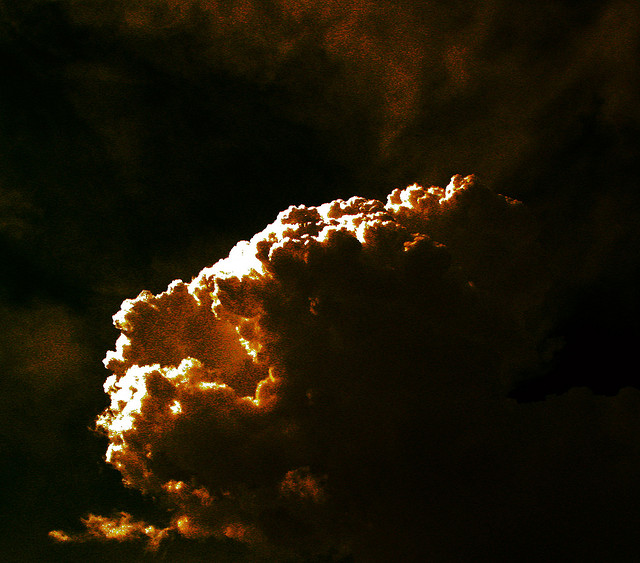
Just seven days in and 2015 has already given us two tough events to deal with: the bombing of an NAACP office in Colorado Springs, Colorado and a shooting in Paris that seems to have targeted the satire magazine Charlie Hebdo. Out of what seems to be sheer luck, no one was killed in Colorado but 12 people are reported dead from the shooting in Paris. Both events are tragic, scary, and infuriating, but only one seems to be getting front page mainstream news attention.
The contours and character of the media coverage are depressingly predictable. The 40-something white man that set off the bomb is not immediately connected to any kind of organization bigger than himself. The shooter is a terrorist. The explosion was “small.”
Then there are the things that are a few scrolls down, if they’re there at all. Like the vigil in Iran for the slain writers, or the fact that the police officer that was shot to death was muslim. (Thanks to Ayesha Siddiqi for culling those two facts from twitter and retweeting them.)
There’s so much to be said, and perhaps now is more a time of mourning and anger, but let’s also keep focus on how these stories are constructed and how they are placed within larger stories about “the clash of civilizations” and “racial tensions.” Just because the aspiring killer failed in the construction of his bomb does not make his actions any less hate-filled, dangerous, or worthy of our concern. And, as Laci Green tweeted, “though nobody was physically hurt, bombs are threatening & inflict psychological destruction/fear on communities.
Most importantly, we have to insist that people recognize the criss-crossing lines of power and force that connect these two events. They happened on different continents, to people that have probably never met one-another, but they are still the latest instantiations of interconnected oppression and structural violence that manifests itself in disturbing and strange ways.
David is on Twitter.

Comments 1
Neither Here Nor There - Treat Them Better — January 7, 2015
[…] Neither Here Nor There […]